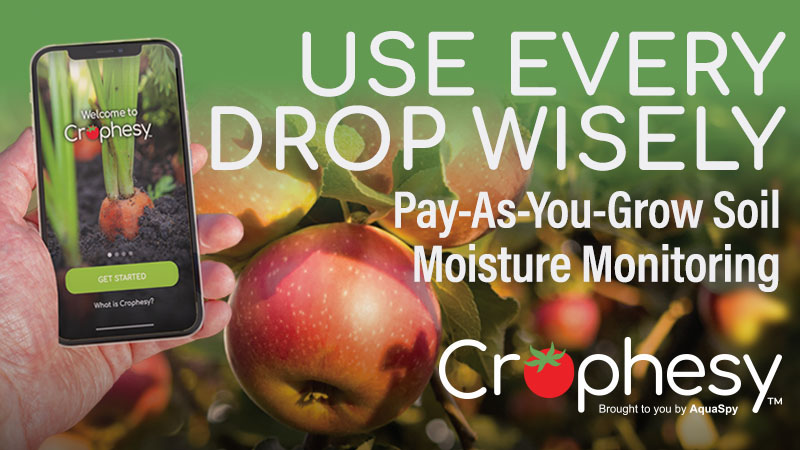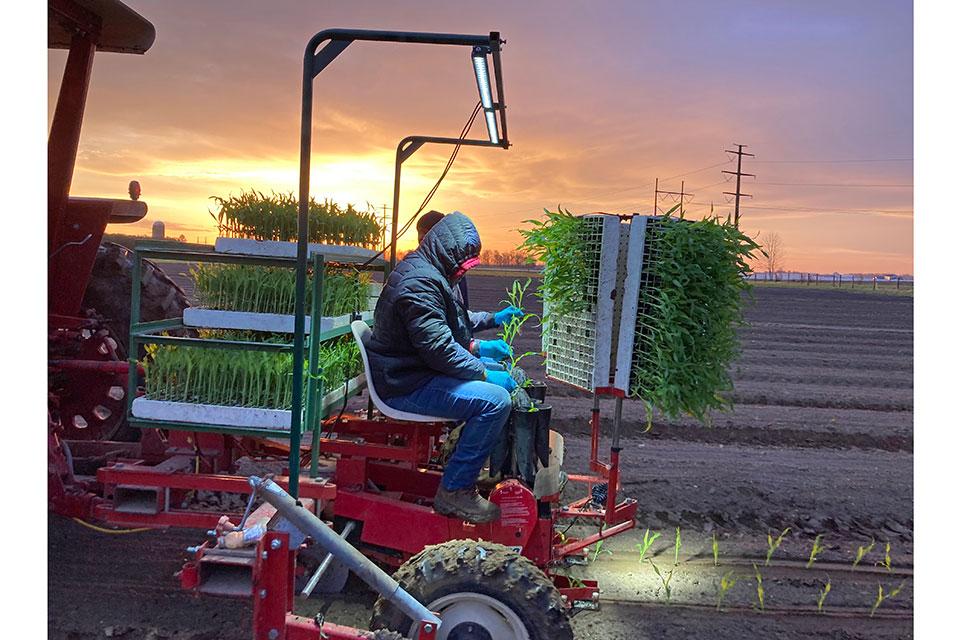Taste for Vanilla Farming on the Grow in Florida

Anyone for some vanilla? University of Florida researchers are ready to trial the alternative crop around parts of the Sunshine State.
Real vanilla is a treat, no matter how it’s consumed. It also comes at a premium given the long journey this orchid/bean/spice makes from remote locales halfway across the globe. But scientists in Florida are working on the possibility of making vanilla beans a locally grown product. But can it be done beyond the backyards of novelty gardeners only?
Alan Chambers, a UF/IFAS Tropical Plant Geneticist, is studying which beans to grow in Florida, and when and where to grow them. Success in this endeavor could potentially add a high-value alternative crop for growers in the Sunshine State. So, he’s been testing various vanilla species in his labs and fields at the Tropical Research and Education Center in Homestead.
This is officially the next phase of exploring vanilla production in Florida. Last year, Chambers and UF/IFAS colleague Elias Bassil led a research team that sequenced the vanilla genome.
Over the next year and a half, Chambers plans to deliver vanilla plants across parts of Southeast and Southwest Florida (including Charlotte, Collier, Lee, Sarasota, Broward, Miami-Dade, Monroe, Martin, Palm Beach, and St. Lucie counties), where UF/IFAS scientists, Extension faculty, and even residents will attempt to grow them. According to Chambers, all those selected to cultivate the vanilla plants will monitor them for growth and survivability. As a bonus, participants will be able to keep the plants.
In addition to Extension agents in those counties trying to grow vanilla, scientists at the Southwest Florida, Indian River, and Mid-Florida research and education centers will see if they can cultivate vanilla at on-site plots.
“The coming winter will tell us a lot about how temperature impacts the vanilla vines,” Chambers said. “We are also breeding new vanilla cultivars focusing on yield, bean length and flavor.”
The U.S. – along with the rest of the world — relies on Madagascar for the vanilla bean. More than 80% of the world’s vanilla is produced in the small country off the east coast of Africa. America is the biggest importer of vanilla beans from Madagascar. Once in America, those beans are further processed into vanilla extract. As a spice, it is the second most expensive (only behind saffron) and is the world’s most popular flavor.
Vanilla is notorious for being a labor-intensive crop. Most is pollinated by hand.
Chambers acknowledges the UF/IFAS Dean for Extension and Dean for Research offices funded the vanilla outreach program through a grant from the Support for Emerging Enterprise Development Integration Teams (SEEDIT) program.








